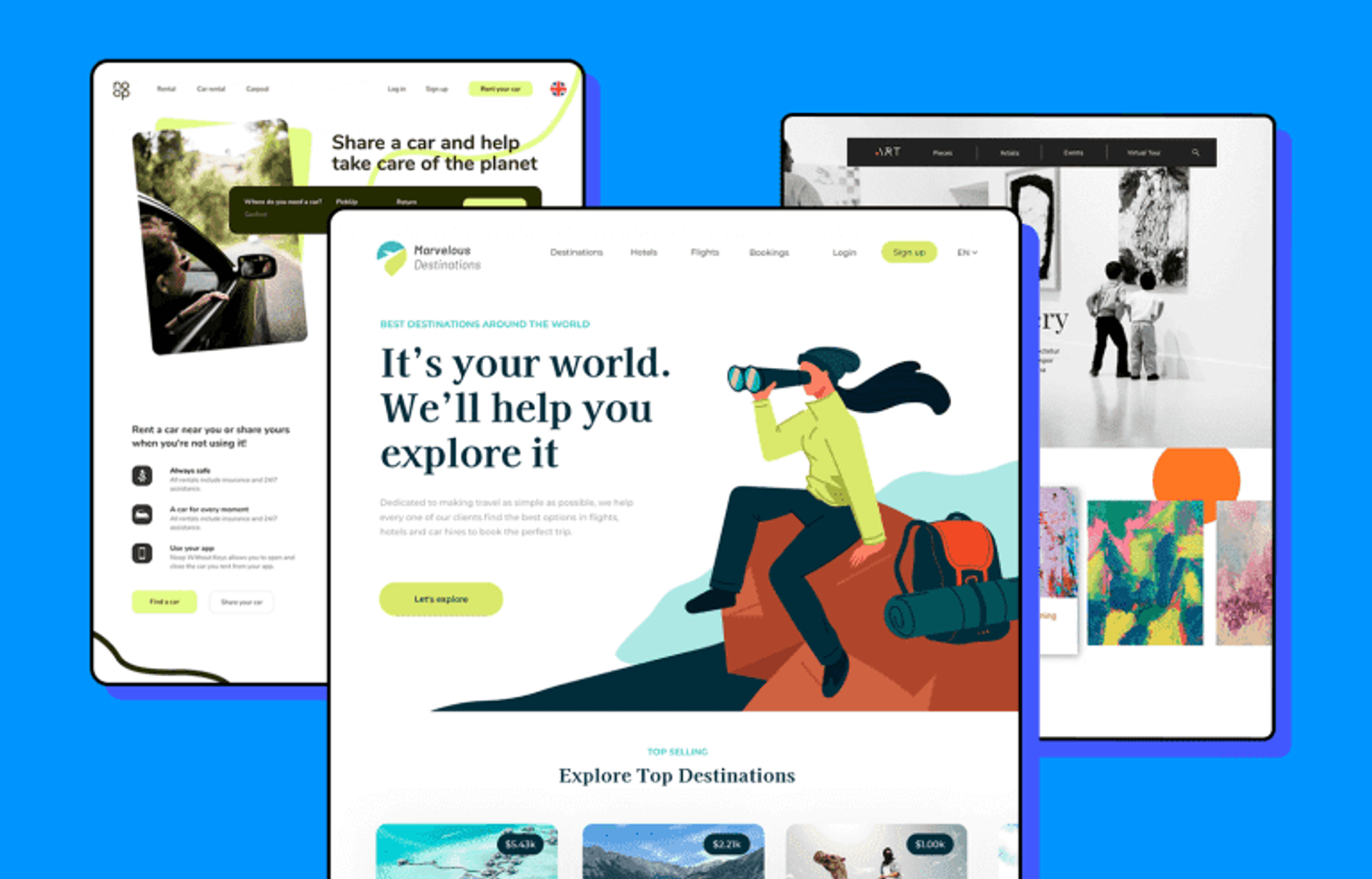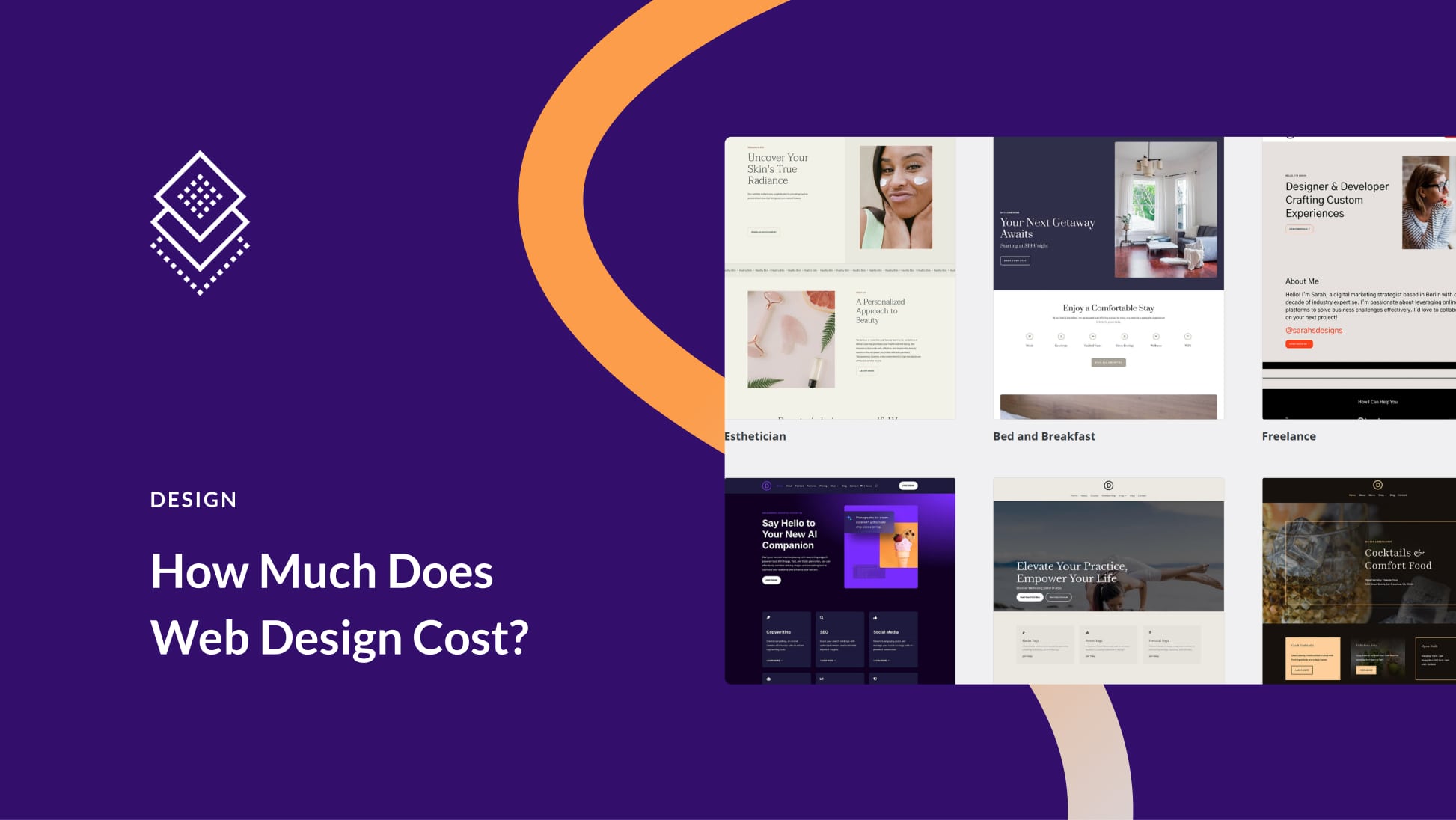Aligned Position Web Design: Building Responsive, Mobile-Friendly Websites for Modern Users
Aligned Position Web Design: Building Responsive, Mobile-Friendly Websites for Modern Users
Blog Article
The Very Best Kinds of Web Style to Improve Individual Experience and Engagement
In the ever-evolving landscape of digital interaction, the efficiency of Web style substantially affects customer experience and involvement. Numerous style techniques, such as minimal, receptive, and interactive designs, each deal distinct advantages that can cater to diverse individual needs.
Minimalist Website Design
As digital landscapes end up being significantly chaotic, minimal Web style has actually become an effective strategy to boosting individual experience. This design philosophy prioritizes simpleness, concentrating on important elements while eliminating unneeded diversions. By using adequate white area, simple navigation, and a minimal shade combination, minimalist layout promotes clearness and routes customer interest to essential material.
The core concept of minimalist Web layout is to develop a seamless communication for individuals. By decreasing cognitive lots, individuals can swiftly grasp details without feeling bewildered. This direct approach not just improves use however also urges engagement, as visitors are more likely to explore a website that is very easy and aesthetically appealing to browse.
Furthermore, minimalist style commonly stresses typography and images, using these aspects tactically to convey messages effectively. In significance, minimal Web design is not simply a pattern; it is a thoughtful approach that acknowledges the relevance of user-centered design.
Receptive Website Design
In today's varied digital environment, receptive Web design has actually ended up being essential for producing a seamless individual experience across a multitude of tools. As individuals gain access to websites on mobile phones, desktops, laptop computers, and tablet computers, the capacity of a web site to adjust its layout and material to various screen dimensions and resolutions is vital.
Responsive website design uses flexible grids, images, and CSS media questions to ensure that Web content is offered efficiently, despite the gadget used. This method not just improves the visual appeal of a web site yet also substantially boosts use. Individuals are more probable to engage with a site that supplies a constant experience, as it eliminates the aggravation of needing to focus or scroll exceedingly.
Additionally, internet search engine, including Google, focus on mobile-friendly websites in search rankings. By embracing receptive layout, businesses can boost their presence and reach a wider target market. This approach likewise simplifies web site maintenance, as a solitary version of the site can deal with all gadgets, reducing the requirement for numerous variations. In recap, responsive Web design is an essential practice that enhances user experience, interaction, and total complete satisfaction.
Interactive Web Layout
Receptive website design lays the groundwork for boosting customer experience, however interactive website design takes this an action further by engaging users in a more dynamic way - Aligned Position Web Design. By incorporating elements such as computer animations, clickable models, and real-time responses, interactive Web layout astounds users, drawing them into a richer surfing experience
This approach not just fosters involvement but additionally encourages customers to discover content proactively instead than passively eating it. Techniques such as gamification, where individuals gain incentives for completing tasks, can dramatically enhance the moment invested in a website and enhance total complete satisfaction. Additionally, interactive functions can streamline complicated information, making it a lot more delightful and absorbable.

Incorporating interactive layout components can also bring about higher conversion prices, as customers are a lot more likely to engage check out this site with a site that proactively entails them. Aligned Position Web Design. Eventually, interactive Web design transforms individual experiences into memorable trips, ensuring that site visitors return time and once again
Flat Style
Defined by its minimalistic strategy, level layout stresses simplicity and functionality, removing unneeded elements and concentrating on important functions. This style ideology focuses on use, making sure that users can navigate interfaces effortlessly and performance. By using a tidy aesthetic, flat style removes the mess often located in a lot more ornate styles, thus enhancing user emphasis on material and capability.
The hallmark of flat style depends on its use strong colors, simple typography, and geometric forms. These components contribute to an aesthetically enticing interface that is both contemporary and approachable. Additionally, flat layout promotes a sense of quality, permitting individuals to discern important actions and info without distraction.
Moreover, level style is especially effective in receptive Web style, as its simpleness translates well across numerous devices and screen sizes. By concentrating on crucial features, level layout not just fulfills customer demands yet also motivates seamless interaction, making it an essential part of efficient Web layout methods.
Flexible Web Design
Flexible website design customizes the customer experience by developing several dealt with layouts tailored to various screen sizes and devices. Unlike responsive design, which fluidly adjusts a single design, adaptive layout uses distinctive designs for details breakpoints, making sure ideal presentation on numerous systems. This approach enables designers to concentrate on the special attributes of each tool, boosting usability by supplying precisely what users need based on their context.
One of go to these guys the main advantages of flexible website design is its capacity to maximize tons times and efficiency. By offering tailored web content and images that fit the customer's tool, sites can minimize information usage and improve loading rates. This is specifically advantageous for customers with slower connections or limited data plans.

In addition, flexible design helps with a more controlled and regular branding experience. Considering that developers develop multiple designs, they can make sure that the aesthetic aspects straighten with the brand's identity throughout different systems - Aligned Position Web Design. This causes a natural customer experience, improving involvement and advertising individual retention
Final Thought
In verdict, the integration of minimal, responsive, and interactive website design principles significantly boosts individual experience and interaction. Minimalist layout fosters clarity and focus, while responsive style makes certain versatility throughout numerous tools, advertising access. Interactive style mesmerizes users with dynamic aspects, urging exploration and customization. Collectively, these style approaches add to the creation of easy to use atmospheres that not just boost complete satisfaction but likewise drive higher conversion rates, underscoring their vital significance in contemporary website design approaches.

Minimalist layout cultivates clarity and focus, while responsive style guarantees adaptability throughout various devices, promoting ease of access. Jointly, these style comes close to add to the production of user-friendly environments that not only enhance complete satisfaction but also drive greater conversion rates, emphasizing anchor their vital significance in contemporary Web design approaches.
Report this page